There are various ways and possibilities of adding light to an interior or room. A distinction has to be made here between:
- decorative lighting;
- functional lighting;
- technical or architectural lighting.
There are various ways and possibilities of adding light to an interior or room. A distinction has to be made here between:
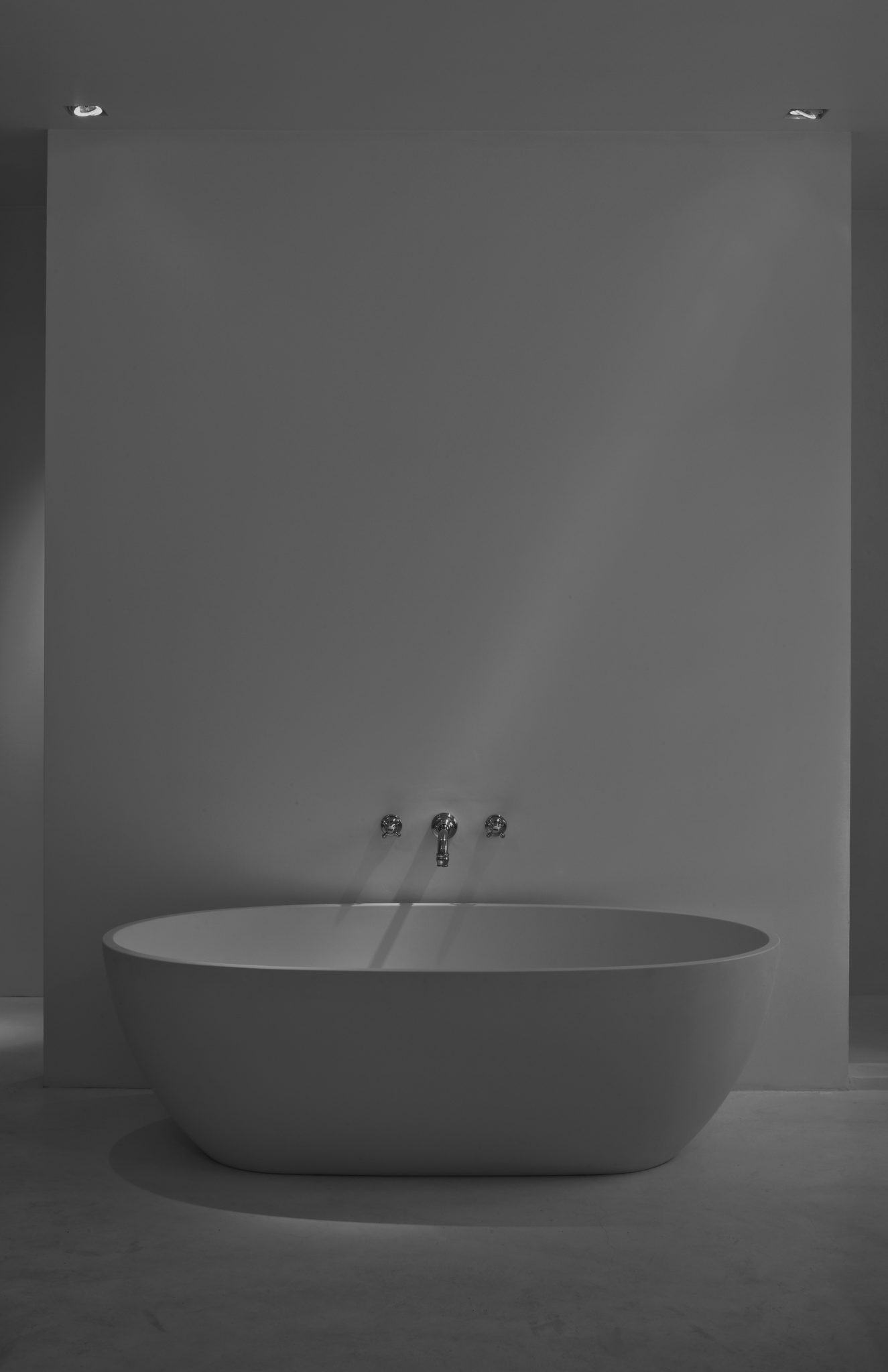
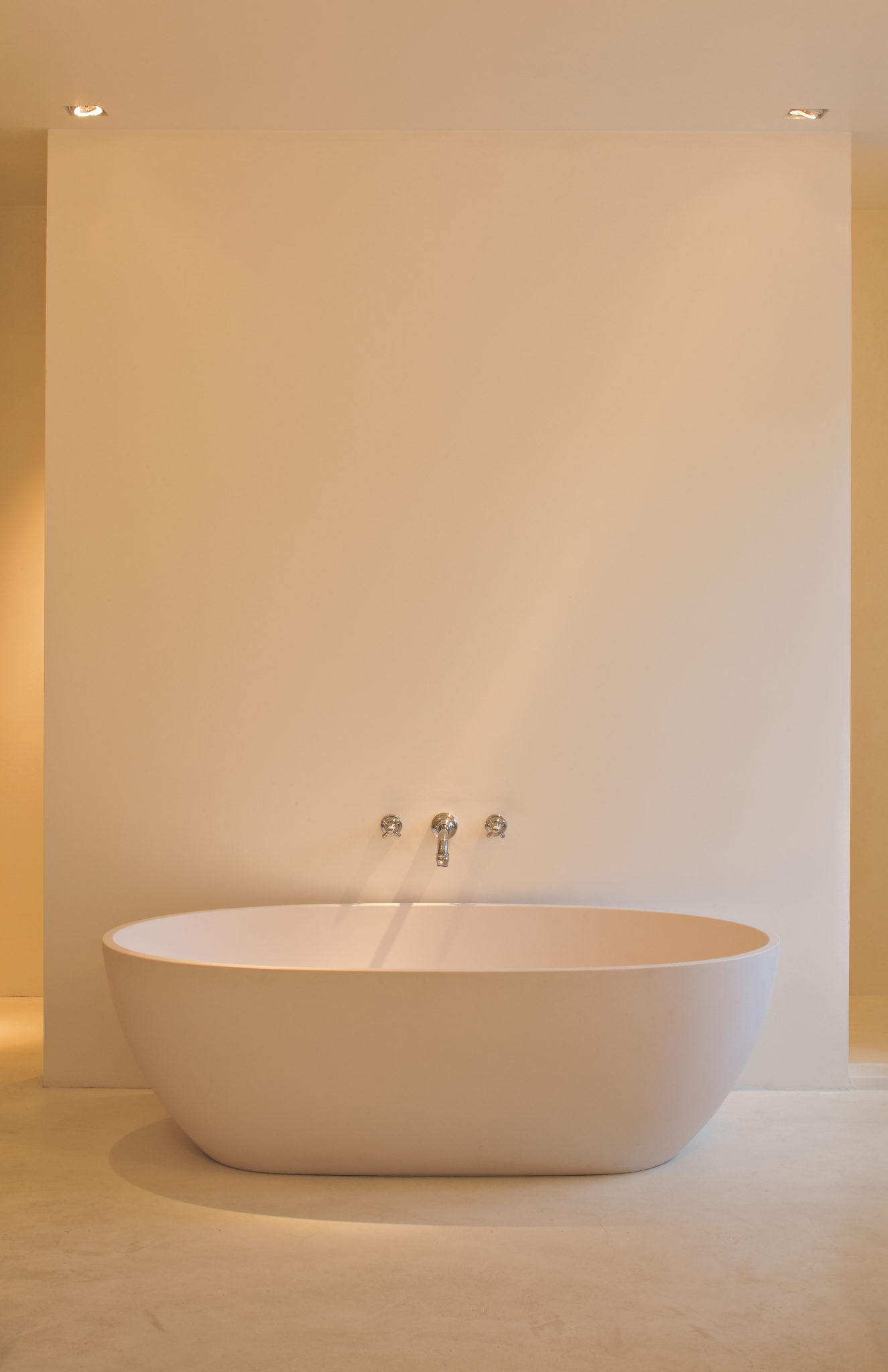
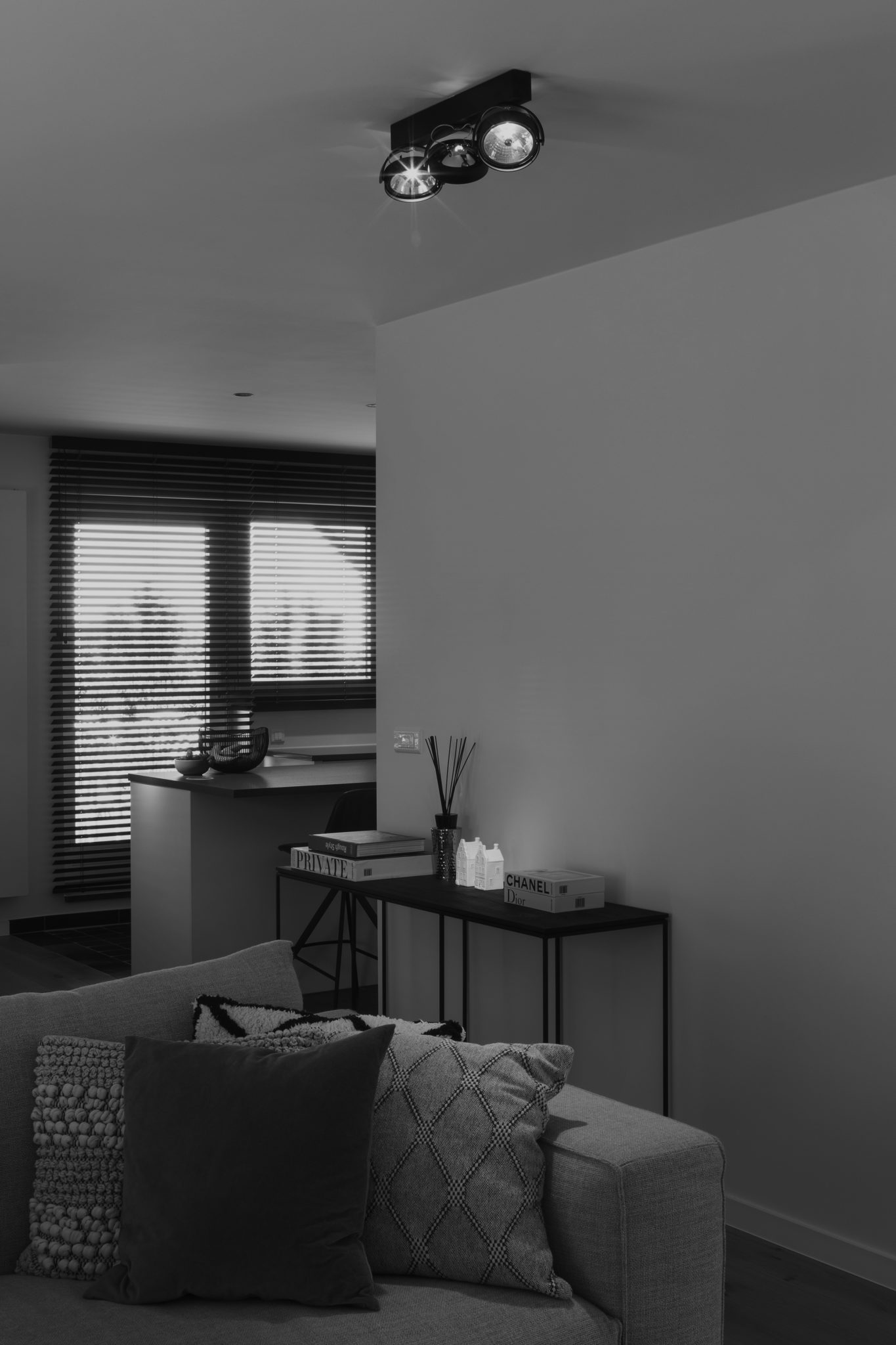
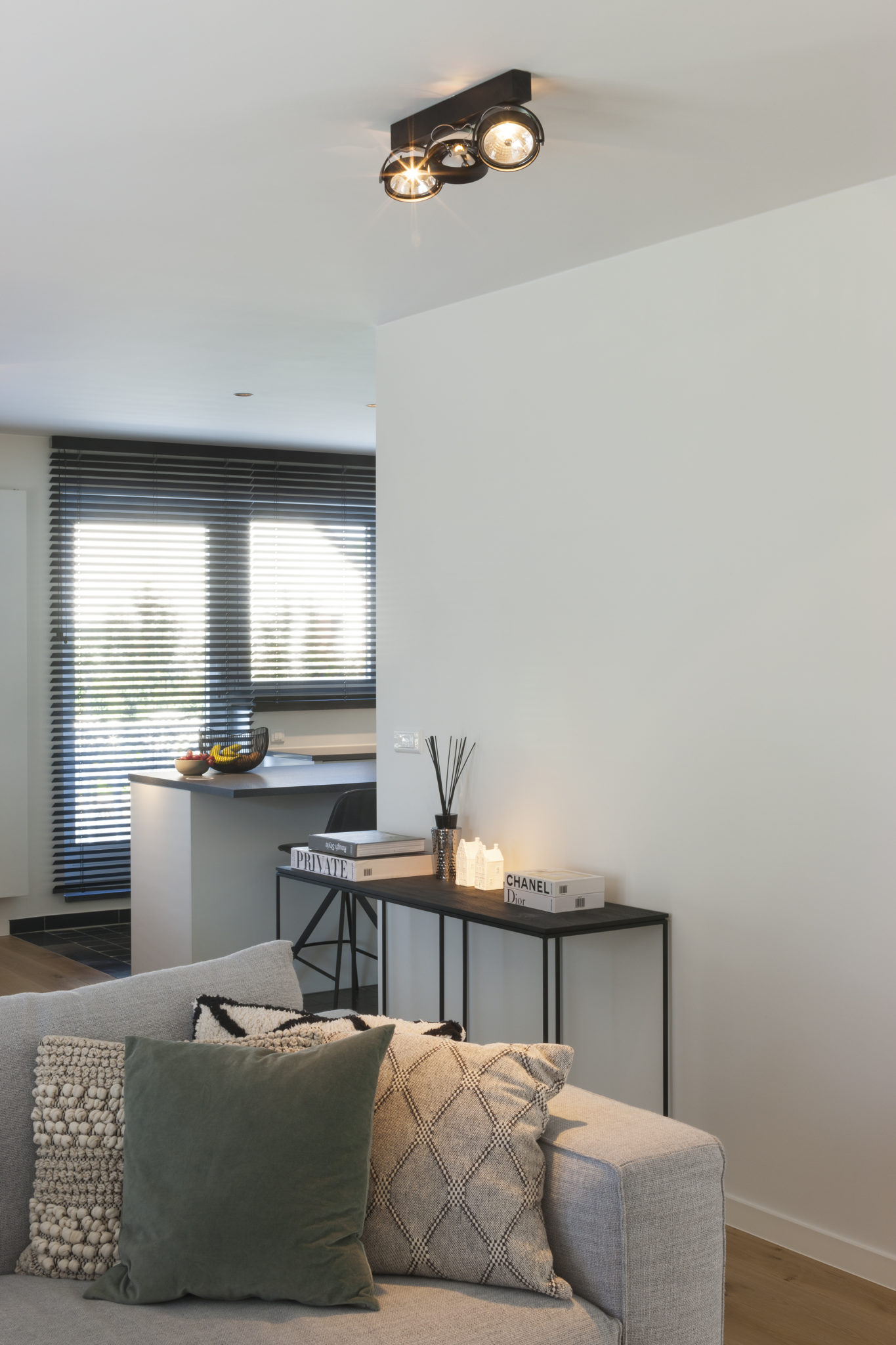
This form of lighting is determined according to the taste, style, dimensions, desired effect, etc. The choice is frequently made by the owner, (interior) architect or interior designer.
The lighting fixture is seen as an object of the interior, an icon that adds to the accentuation of the architectural style. The light yield of a decorative fixture frequently plays a subordinate role.
With technical and functional lighting, the luminescence, light yield, has absolute priority. Our vision remains unchanged: the perception of the lighting effect, with the light source interfering or disturbing as little as possible.
In this way, we perceive the space, atmosphere, objects, art, furnishings, etc. in their entirety. A delight for the eye, the accentuation in the right place at the right time.
Technical lighting is often the most underestimated aspect of any interior. Good implementation can cause a room to flourish, while badly planned lighting can also considerably detract from it.

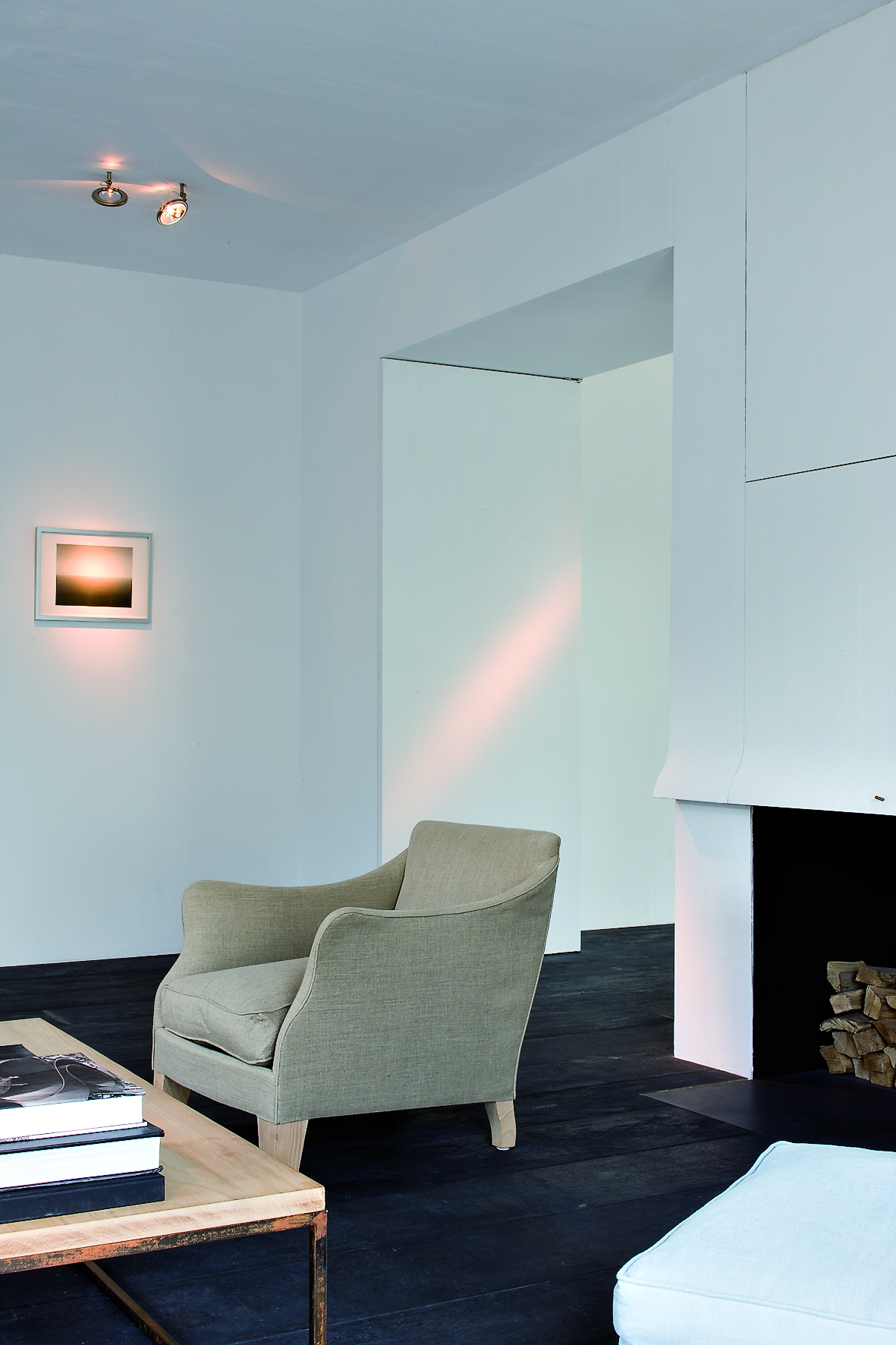
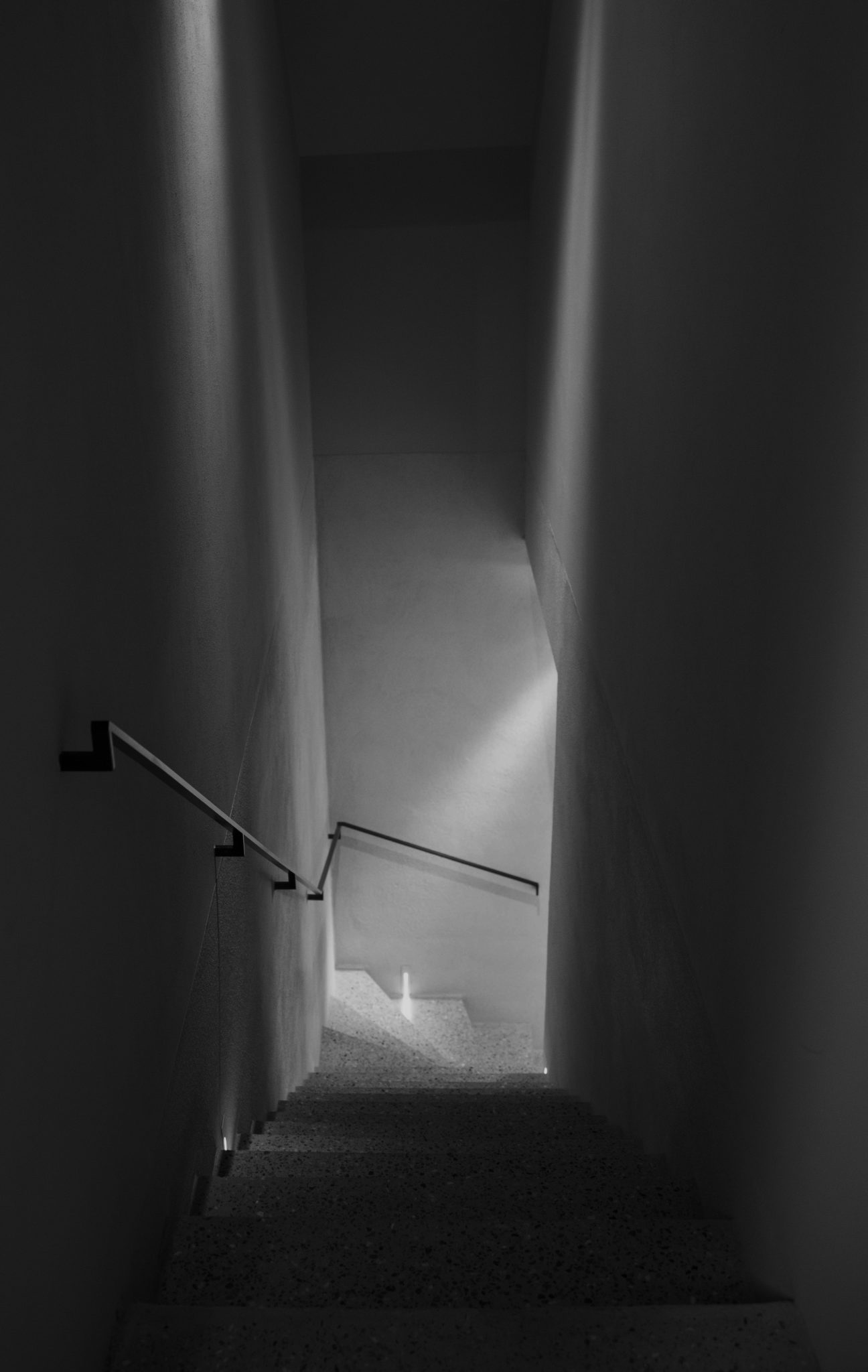
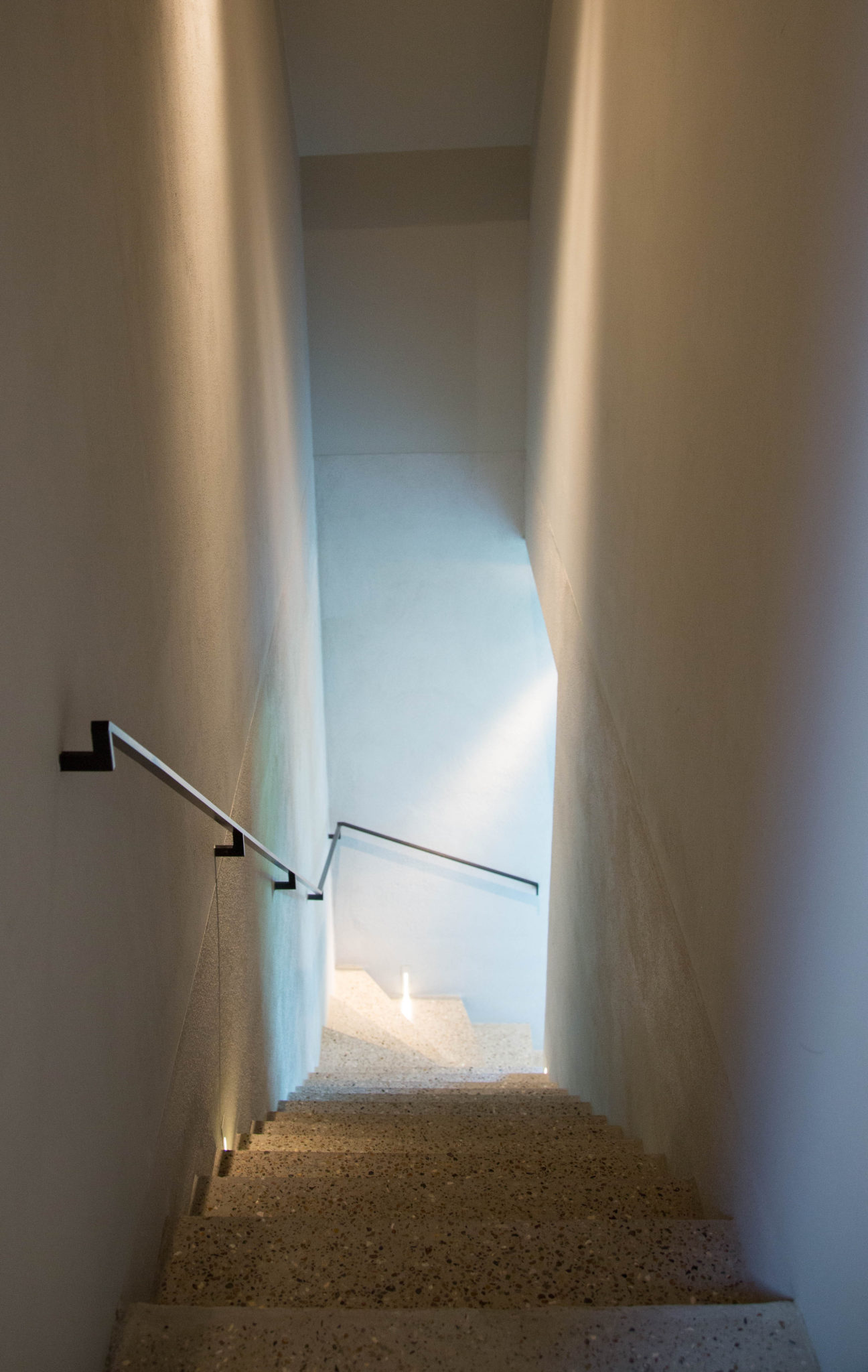
We as humans are all too often fixated on the form or design of a fitting, while the subject to be illuminated is the essence.
When we speak of correct lighting, we don’t really mean the type of fixture, but the good positioning, the intensity and the choice of the light source, the light bundle, the colour temperature, the manoeuvrability of the fixture, the possible accessories, dimming, etc.
If we take these applications with all their facets into consideration, study and optimise them, the light can be brought into balance with the space and then we speak of lighting architecture!